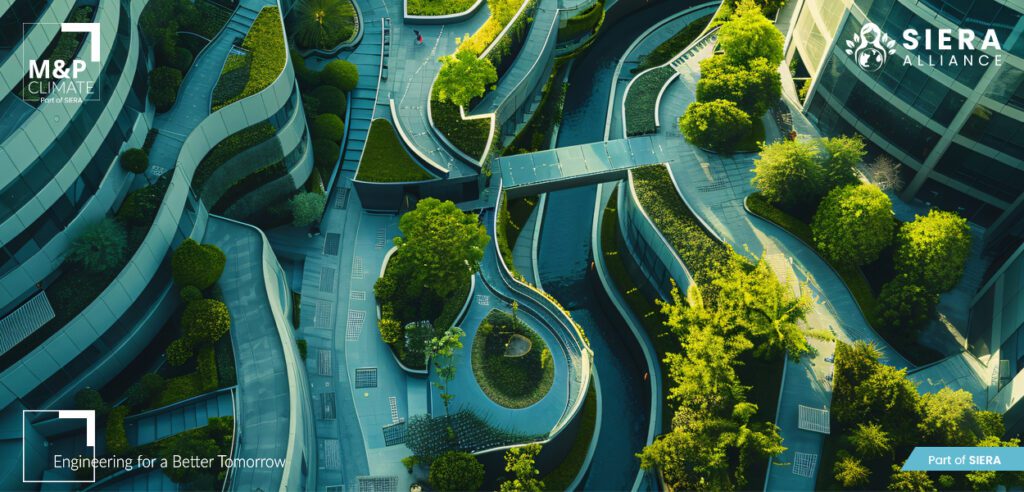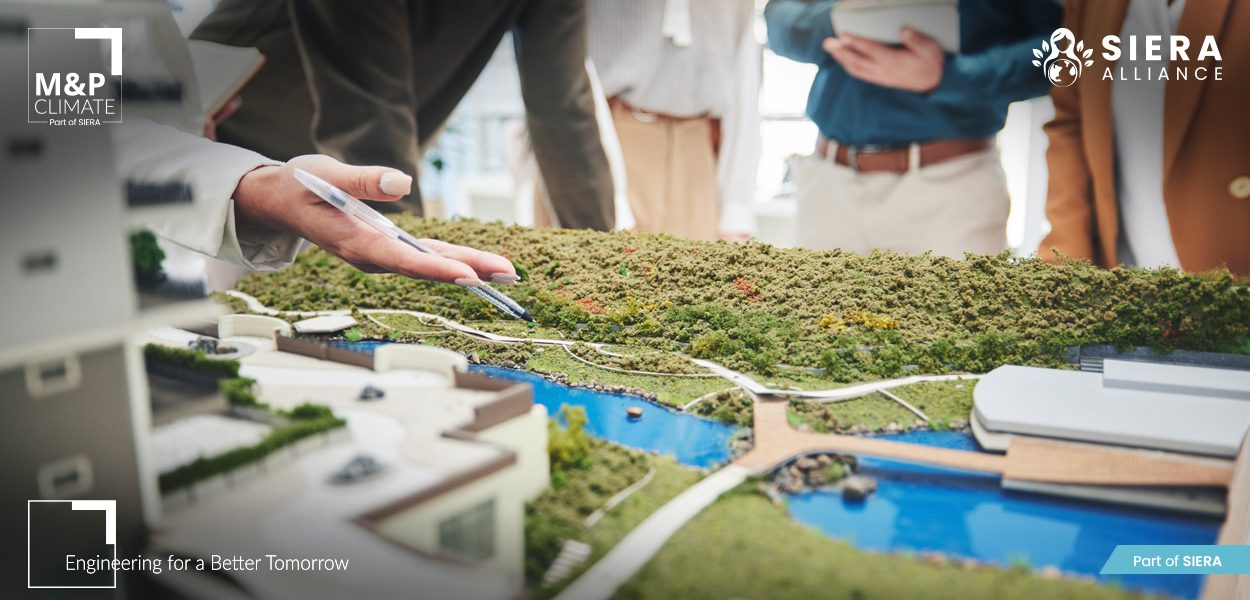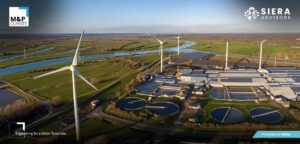As urbanization accelerates, modern cities face growing pressure to evolve into resilient and environmentally sustainable hubs. Sustainable urban development has presented viable solutions that find balance between economic vitality, social equity and environmental stewardship.
From green infrastructure and low-carbon mobility to circular economy models and digital innovation, best practices in urban sustainability are redefining the future of metropolitan life. This article explores actionable strategies that city planners, businesses and policy makers can implement to accelerate sustainable urban development.
The Urgency of Sustainable Urban Development
Rapid Urban Growth and Environmental Impact
More than 75% of Europeans live in cities – a figure that is projected to rise in the coming decades. However, urban areas consume over 70% of global energy and are responsible for more than 60% of greenhouse gas (GHG) emissions.
Without strategic planning, cities that could be centers of opportunity and innovation risk becoming hotspots of pollution, congestion and climate vulnerability.
Cities as Climate Champions
On the other hand, cities also represent our best chance to tackle the climate crisis. Compact design, integrated transport systems and community engagement make urban centers ideal sandboxes for decarbonization, resilience building and sustainable transformation.

Pillars of Sustainable Urban Development
1. Integrated Urban Planning and Smart Land Use
Sustainable development begins long before the ground is broken. Cities must shift away from urban sprawl to compact, walkable communities that reduce dependence on cars and preserve green space. Leveraging land use planning helps businesses prioritize density, mixed-use zoning and ecosystem conservation.
Key practices include:
- Transit-oriented development (TOD): Housing and commerce concentrated around public transit.
- Brownfield redevelopment: Revitalizing abandoned industrial land into vibrant, eco-friendly districts.
- Green belts and urban forests: Integrating nature into the city space for cooling biodiversity and improving quality of life.
Example: Vienna’s city planning model blends high-density housing with urban green spaces and comprehensive public transport systems, making it a global leader in livable urban design.
2. Low-Carbon and Resilient Infrastructure
As global temperatures continue to rise, cities of the future must embed climate resilience into their infrastructure projects – from buildings and roads to water systems and energy grids.
Best practices include:
- Green infrastructure: Permeable pavements, rain gardens, green roofs and bioswales to manage excess stormwater and heat.
- Energy efficient buildings: Passive design, high-performance insulation and retrofitting for optimized energy use.
- Resilient utilities: Underground electricity networks and flood-resilient water systems to withstand extreme weather events.
Case Study: Rotterdam’s “Water Squares” collect rainwater in multifunctional public spaces, reducing flood risk while simultaneously enhancing community life.
3. Clean Mobility and Public Transport
Transportation accounts for roughly 25% of EU GHG emissions – with much of it coming from cities. Decarbonizing urban mobility is critical for climate action and public health.
Cities should invest in:
- Mass transit systems with integrated ticketing and low-emission fleets.
- Cycling and pedestrian infrastructure to promote active transport.
- Electric vehicle (EV) infrastructure including public chargers and low-emission zones.
- Mobility-as-a-Service (MaaS) platforms that integrate public, shared and micro-mobility options.
Example: Copenhagen has built over 375km of bike lanes and adopted a goal to become carbon neutral by 2025 with transport playing a key role.
4. Affordable and Inclusive Housing
Sustainability is not only environmental but also social. Modern cities must address housing affordability, inclusivity and access to essential services.
Strategies include:
- Social housing investments with high environmental standards.
- Community-let housing models like cooperatives and land trusts.
- Energy poverty reduction programs to retrofit low-income homes.
Policy Highlight: The EU’s Renovation Wave initiative seeks to upgrade 35 million buildings by 2030 – reducing emissions while creating jobs and improving living conditions.
5. Circular Economy Integration
Urban development should move beyond linear “take-make-dispose” models toward circularity – where resources are reused, repaired and reintegrated into the economy.
Circular city practices include:
- Urban mining: Recovering materials from old buildings and infrastructure.
- Waste-to-resource hubs: Local centers for recycling, composting and upcycling.
- Material passports: For buildings to facilitate reuse and recycling.
- Public procurement policies: To prioritize recycled and sustainable materials.
Example: Amsterdam’s Circular Strategy for 2020-2025 aims to halve the use of primary raw materials by embedding circular principles into construction and food systems.
6. Digitalization and Smart City Tools
Digital innovation is a key enabler of sustainable urban development. Smart cities leverage data and connectivity to optimize urban systems, reduce emissions and improve public services.
Best practices include:
- IoT sensors for real-time monitoring of air quality, water usage and energy consumption.
- Digital twins for urban planning and infrastructure maintenance.
- Participatory platforms that engage citizens in co-designing urban policies.
CaseStudy: Helsinki’s smart city ecosystem integrates open data, citizen feedback and AI to improve mobility, waste management and energy efficiency.
Governance, Finance and Community Engagement Are Key Enablers
Sustainable cities do not emerge by chance – they require intentional leadership, cross-sector collaboration and responsible governance.
Policy and Regulation
National and local governments must align zoning laws, building codes and climate targets to enable green development.The EU Urban Agendaprovides a framework for member states to collaborate on sustainable urban policies.
Financing Mechanisms
Public funds must be leveraged alongside green bonds, blended finance and public-private partnerships (PPPs) to scale sustainable urban projects. The European Investment Bank (EIB) plays a crucial role in funding climate-smart urban infrastructure.
Community Participation
Citizen engagement ensures urban solutions meet local needs and build public trust. Co-creation processes, participatory budgeting and grassroots innovation are essential tools for building people-centered cities.


The Role of M&P Climate in Shaping Sustainable Cities
At M&P Climate, we support municipalities, developers and businesses with integrated strategies for sustainable urban development. We bring together experts in infrastructure, energy, biodiversity and digitalization to deliver solutions that are locally grounded, technically sound and socially inclusive.
As urban areas continue to grow, and climate impacts become more acute, proactive planning, innovation and equity must be at the heart of urban transformation. By adopting the best practices outlined here – and fostering collaboration across sectors – cities can become engines of climate action, resilience and prosperity.
The cities of tomorrow must be sustainable, smart and fair. And the time to build them is now.








